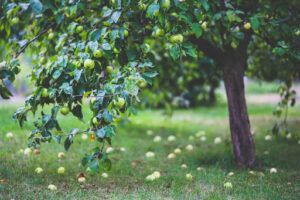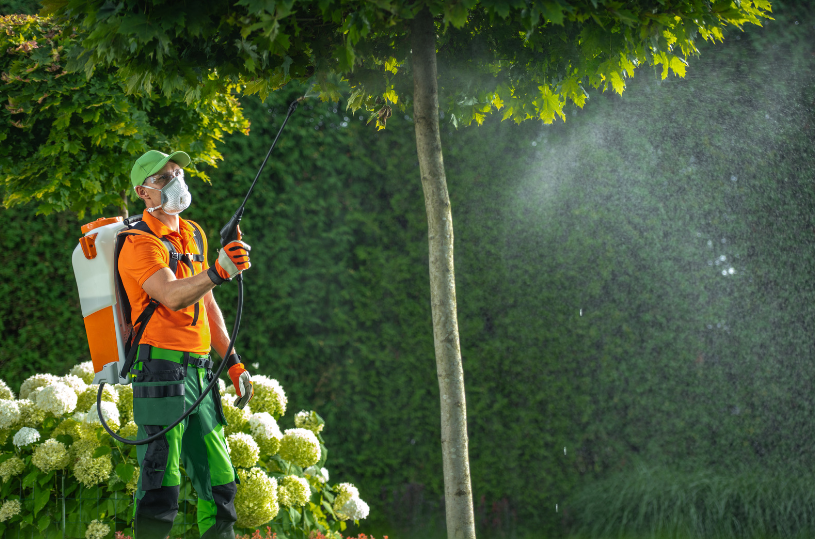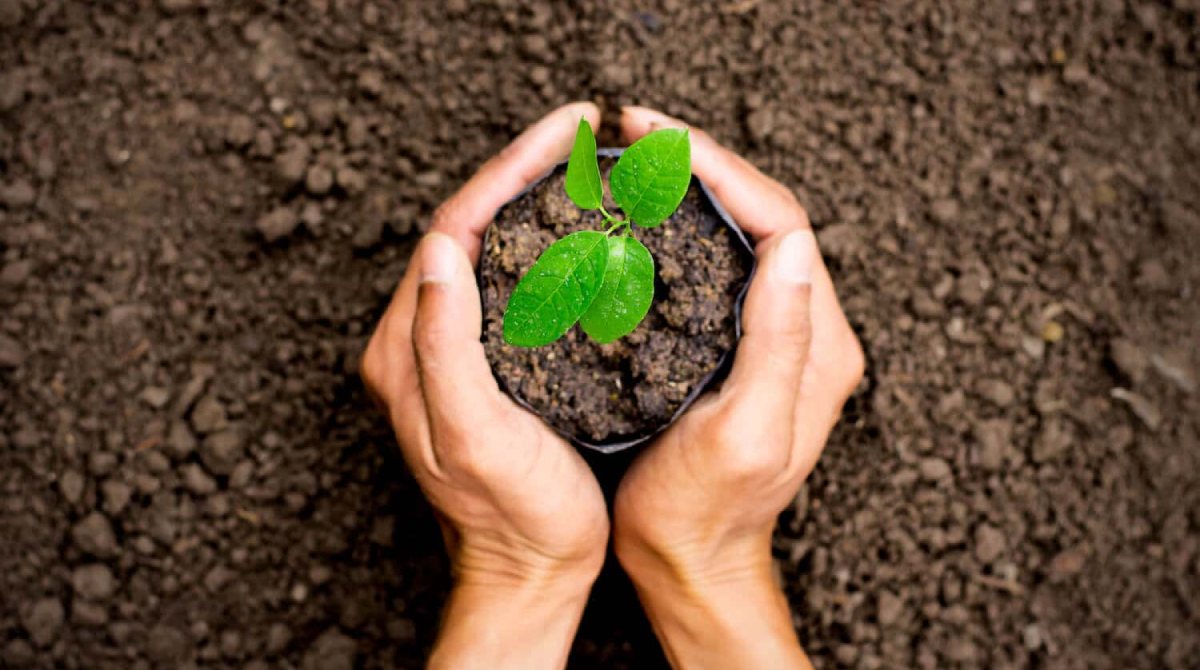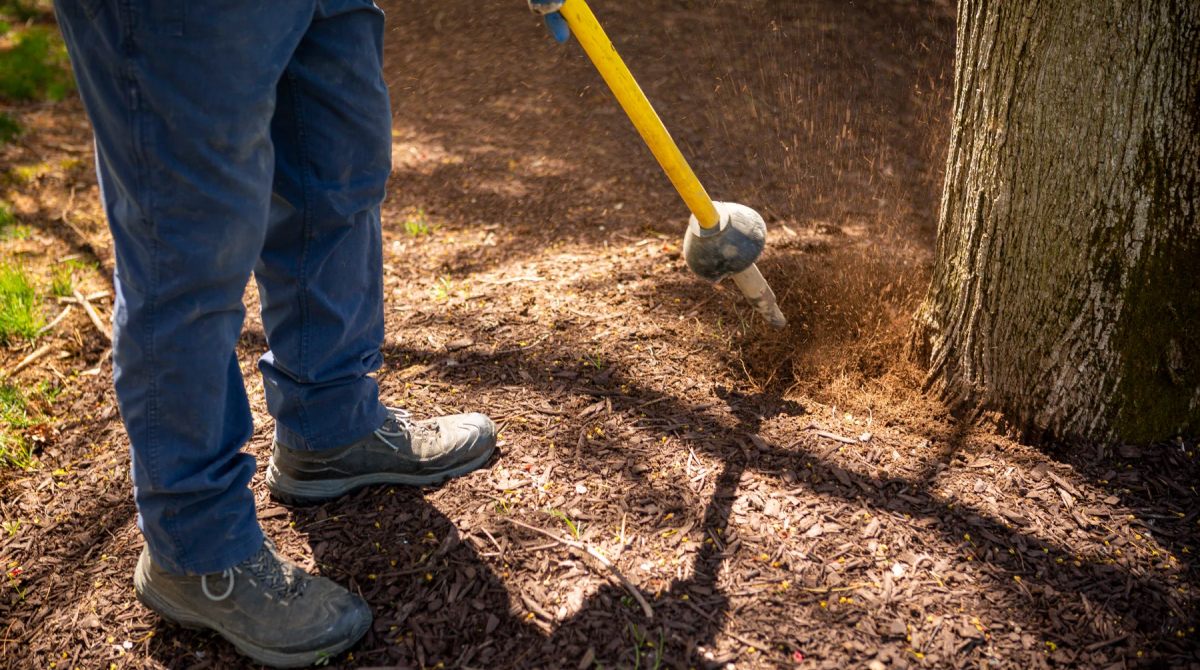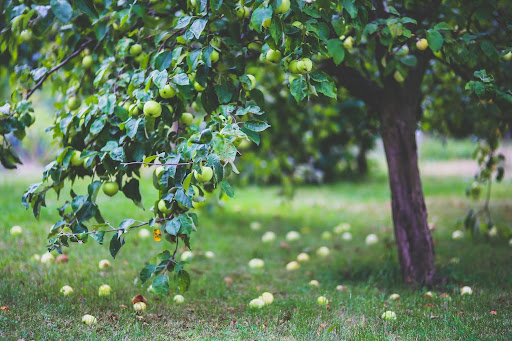
Date September 17, 2024
Regular pruning can maintain the aesthetic appeal of landscapes and promote tree health. Proper pruning techniques promote vigorous growth, enhance structural integrity, and reduce potential hazards. Consistent care can transform a yard into a thriving, safe, and beautiful environment, so we’ve provided best practices for tree pruning in Grapevine, Texas.
Why Prune Trees?
Image via Pexels by Karolina Grabowska
Pruning trees is a responsible part of property management. Here are some of the key benefits of routinely pruning trees:
- Improves health: Removing dead or diseased branches helps prevent the spread of disease and pests, maintaining the tree’s overall vigor.
- Promotes safety: Eliminating potential hazards reduces the risk of falling branches, safeguarding property and personal safety.
- Enhances aesthetic appeal: Regular pruning keeps trees shapely, enhancing their beauty.
- Controls growth: Encourages beneficial growth patterns by improving sunlight penetration and air circulation within the canopy.
Practical Pruning Tips
Knowing when to prune is the first step. For most trees, mid to late winter is an ideal time to prune to promote vigorous spring growth. Summer pruning helps control and direct growth, especially after the peak growth phase. The proper tools, such as pruning shears, loppers, and a pruning saw, are required to prune trees effectively. Keeping these tools sharp and clean helps make precise cuts and prevents disease spread. Regular maintenance by a professional arborist is recommended for large, established trees to handle complex pruning safely.
The Different Types of Pruning
Different types of pruning can affect the overall health and structure of a tree, such as:
- Thinning: Removes specific branches to improve light penetration and airflow throughout the tree canopy. This encourages healthier growth and reduces disease incidence.
- Raising: Involves removing lower branches to clear space for buildings, vehicles, or pedestrian paths, enhancing accessibility and visibility.
- Reduction: Reduces the size of a tree, usually for utility line clearance or to reduce the tree’s wind resistance and minimize the risk of storm damage.
- Topping: Cutting off the top of a tree is generally discouraged as it can lead to weak regrowth and increased susceptibility to pests and diseases. Proper pruning techniques focus on maintaining tree health and structural integrity without the drastic interference caused by topping.
When To Call a Professional
Pruning trees can pose significant risks, not just to the tree but also to the individual performing the task. DIY pruning can lead to improper cuts that harm the tree’s health and structural integrity, making it more susceptible to diseases and physical collapse. Personal injuries from falls, cuts, or interactions with power lines are severe risks when using ladders and cutting tools without proper training. When the task involves large trees, high branches, or proximity to power lines, it’s crucial to call a professional. Certified arborists have the equipment, knowledge, and experience to safely and effectively manage tree pruning.
Secure Your Landscape’s Future
Tree pruning is essential for maintaining the health and safety of your trees. Regular, professional pruning ensures your trees grow strong and beautiful. Don’t take risks with DIY efforts; instead, contact us to schedule an arborist consultation in Grapevine. We’ll handle all your tree pruning needs safely and effectively.
